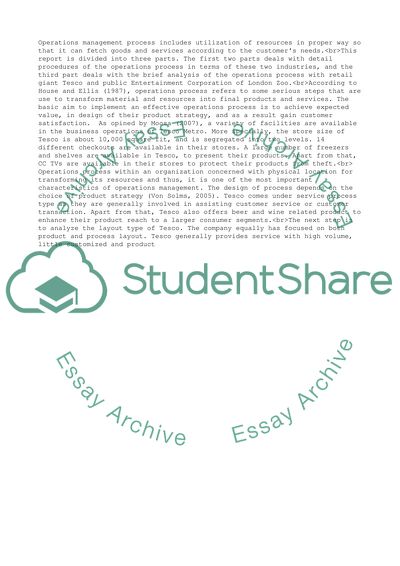Cite this document
(Operations management Essay Example | Topics and Well Written Essays - 2000 words - 6, n.d.)
Operations management Essay Example | Topics and Well Written Essays - 2000 words - 6. https://studentshare.org/management/1844231-operations-management
Operations management Essay Example | Topics and Well Written Essays - 2000 words - 6. https://studentshare.org/management/1844231-operations-management
(Operations Management Essay Example | Topics and Well Written Essays - 2000 Words - 6)
Operations Management Essay Example | Topics and Well Written Essays - 2000 Words - 6. https://studentshare.org/management/1844231-operations-management.
Operations Management Essay Example | Topics and Well Written Essays - 2000 Words - 6. https://studentshare.org/management/1844231-operations-management.
“Operations Management Essay Example | Topics and Well Written Essays - 2000 Words - 6”. https://studentshare.org/management/1844231-operations-management.


